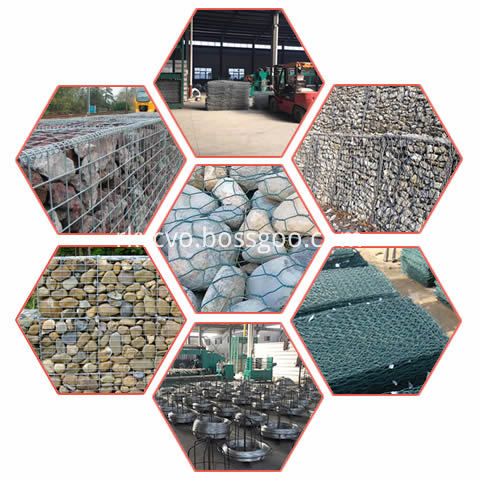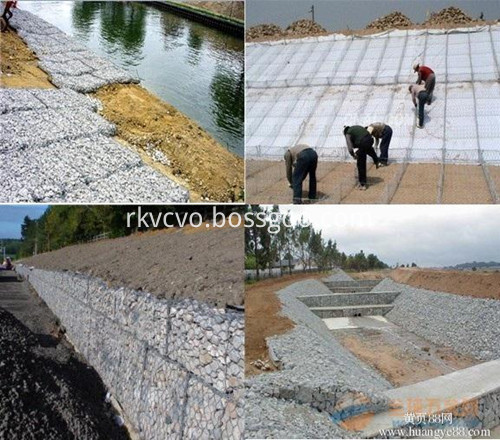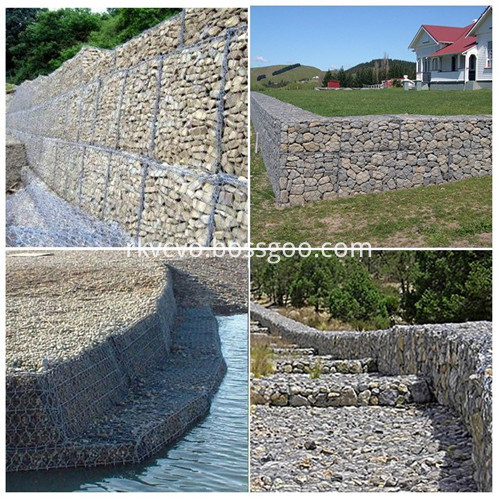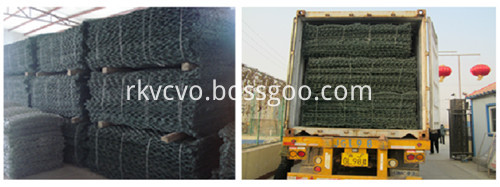- First, the advantages and disadvantages of the two processes are compared
The characteristics of acid zinc-nickel alloy plating and alkaline zinc-nickel alloy plating are similar to those of acid zinc plating and alkaline zinc plating. The main advantages and disadvantages of the two processes are compared below.
Advantages of alkaline zinc-nickel alloy plating
1. The uniform plating ability (dispersion ability) is good, the plating layer 1, the uniform plating ability (dispersion ability) is relatively low
The thickness distribution is relatively uniform. The uniformity of the thickness distribution of the coating is relatively poor.
2. In the high and low current density zone coating of the workpiece 2. In the high and low current density zone coating of the workpiece
The difference in nickel content is small. The nickel content varies greatly.
Disadvantages of alkaline zinc-nickel alloy plating Advantages of acid zinc-nickel alloy plating
1, the current efficiency is low, generally about 50%, 1, the current efficiency is high, generally about 90%,
The plating deposition rate is slow, about 0.25 μm/min. The deposition rate of the coating is fast, up to 1.0 micron/min.
   2. High production and operation costs. 2, the production and operation costs are low, about 50% lower than the alkaline process.
3. It is relatively difficult to keep the plating tank running normally. 3. It is relatively easy to keep the plating tank running normally.
4, can not be coated with cast iron, carburized steel, high carbon steel. 4, can be coated with cast iron, carburized steel, high carbon steel.
Second, the choice of two processes
From the comparison of the characteristics and advantages and disadvantages of the above two processes, we can conclude that the choice of these two processes depends on the material of the workpiece to be coated and the geometry of the workpiece. In addition to materials such as cast iron and carburized steel, the process used for workpieces made of other metal materials (mainly carbon steel) will depend on the geometry of the workpiece. The principle of selection is: high current of the workpiece during plating. The alkaline process is used for the difference between the density and the current density in the low current density region of the workpiece, and vice versa. For example, a workpiece with a blind hole or a workpiece with a far distance from the center of the workpiece (such as an impeller), the current density of the workpiece in the high current density region of the workpiece and the low current density region of the workpiece during electroplating The current density is very different. In this case, if an acidic process is employed, the difference between the thickness of the low current density region of the workpiece and the thickness of the coating in the high current density region and the nickel content in the plating layer is much larger than that of the alkaline process. When the workpiece is simply shaped, such as cylinders of various types of cylinders, pistons, fasteners, etc., since the current density of the surface of the workpiece is relatively uniform, in this case, the acidic process should be selected because of the alkaline process. The two major advantages are of little significance, but their own shortcomings are quite prominent.
Third, a little view on the current status of China's zinc-nickel alloy plating
China's research on zinc-nickel alloys began in the 1980s, and all of them studied are acid chloride plating processes. In this study, the author successfully solved the technical key of acid chloride electroplating zinc-nickel alloy - find and determine the best combination additive to effectively inhibit nickel deposition in low cathode current density region. Thanks to this breakthrough, the process can be used for rack plating of more complex steel parts and for barrel plating. Since 1993, many units have used this process to put into mass production. One of the main processed products is the cable tray. In the past ten years, its processing capacity has reached 1-2 million tons. However, as far as I know, acid zinc-nickel alloy plating has been used in industrial production since the 1990s, but it is in its infancy in terms of the variety and quantity of its products. As for the alkaline zinc-nickel alloy plating in nine There have been no reports of industrial production in the 1980s.
The rapid development of zinc-nickel alloy plating in China is still a matter of recent years, but the development of alkaline zinc-nickel alloy plating, acid zinc-nickel alloy plating has not been developed accordingly. As mentioned above, the process characteristics of acid zinc-nickel alloy plating and alkaline zinc-nickel alloy plating are similar to those of acid zinc plating and alkaline zinc plating. The choice of process depends on the shape of the workpiece (except for some steel types). Some apply alkaline processes, and some apply acidic processes. Therefore, the ratio of the two processes of zinc-nickel alloy plating should be close to that of acid galvanizing and alkaline galvanizing, and there should be no significant difference.
It is known that China's acid galvanizing accounts for more than 50% of total electroplating zinc, and alkaline galvanizing accounts for about 40%. However, although acid zinc-nickel alloy plating has not seen national statistics, it is estimated that it will not exceed 10%. The reason why the proportion of acid zinc-nickel alloy plating is so low is that a large number of workpieces which should be plated with acid zinc-nickel alloy are generally used in the alkaline zinc-nickel alloy plating process. For example, according to the single hydraulic prop of coal mines, the national use amount exceeds 1 million. Numerous units dedicated to this electroplating process generally adopt alkaline zinc-nickel alloy electroplating process instead of acid zinc-nickel alloy electroplating process. According to the author's research and development and production practices of these two processes, the production cost of such processed parts can be reduced by about 50% by using the acid zinc-nickel alloy plating process in the case of the same nickel content, the same coating thickness and the similar corrosion resistance. The output can be increased by more than 2 times. The author does not intend to discuss the reasons for the unreasonable development of the two processes of zinc-nickel alloy plating in China in recent years, but only predict that this situation will be changed in a few years, and the acid zinc-nickel alloy plating process will gradually increase. To the proportion it should be.
Hexagonal Wire Mesh, Gabion Box , Woven Mesh, Electro & Hot-dipped galvanized Mesh
1. Introduction & Material
- Hexagonal Gabion Box is known as by different shape of gabion box,gabion basket, gabion wall, gabion mattresses, etc. It is hexagonal wire netting and can be finished by hot-dipped galvanized, galvanized aluminum alloy or PVC coated.
- Low carbon steel wire, Galvanized Wire, Pvc Coated Wire , Stainless Steel Wire, etc.

2. Features
- Hexagonal Gabion Box is economical and easy to use
- It offers great thermal insulation, corrosion resistance and has a service life for more than 20 years
- It can be used in adverse weather
- Simple construction, requiring no special technique
- The hexagonal wire netting can be rolled up for higher space efficiency, which contributes to lower shipping costs

Weaving Types:
- Normal twist, Reverse twist, Normal and Reverse twist together
- Galvanized after weaving, galvanized before weaving, stainless steel and PVC coated
3. Applications
- Hexagonal Gabion Box provides protection and heat insulation function in the form of boiler cover, slope protection mesh, residence Fence , poultry fence, garden fence, etc.
- Widely popular in the construction, chemicals, breeding and other industries

4. Specifications of Hexagonal Gabion Box
Materials:Galvanized iron wire or stainless steel wire
Weaving:Straight twist, reverse twist, double twist
Characteristics:enjoys firm structure and flat surface.

Hexagonal Gabion Box
Galvanizing Hexagonal Gabion Box, Pvc Hexagonal Gabion Box, Black Hexagonal Gabion Box, Carbon Steel Hexagonal Gabion Box
Hebei Dongshengyuan Trading Co.,Ltd. , http://www.wiremeshdsy.com